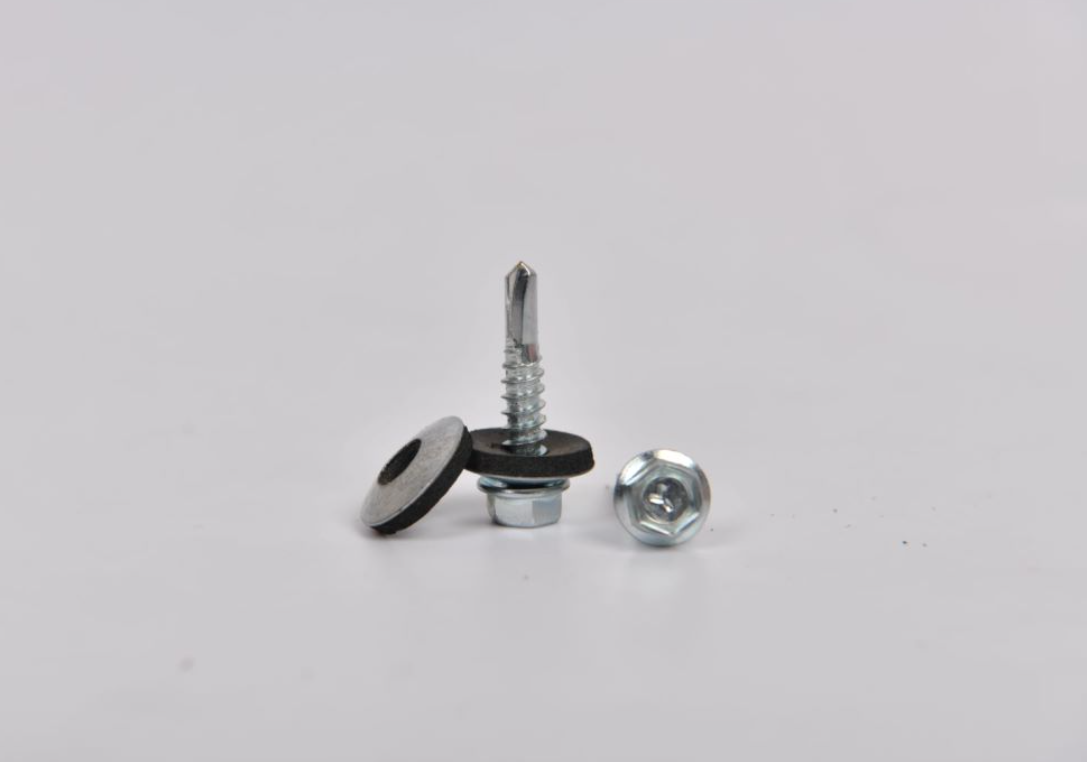Durable Anchors for Secure Drywall Installation and Improved Load Support
The Importance of Drywall Screw Anchors in Modern Construction
In the realm of construction and home improvement, drywall screw anchors play a crucial role in ensuring stability and strength for various installations on drywall surfaces. As the demand for versatile and efficient fastening solutions rises, understanding the benefits and applications of drywall screw anchors becomes increasingly significant for both professionals and DIY enthusiasts.
What Are Drywall Screw Anchors?
Drywall screw anchors, also known as drywall anchors or drywall plugs, are specially designed fasteners that provide support for hanging items on drywall surfaces. Unlike standard screws, which can easily pull out of drywall, especially when subjected to weight or tension, drywall anchors distribute the load evenly across a wider area. This design prevents damage to the drywall itself and ensures that items remain securely fastened.
There are several types of drywall anchors, including
1. Plastic Expansion Anchors These are the most common type and are ideal for light loads. They expand as the screw is driven into them, creating a snug fit against the drywall.
2. Metal Anchors Designed for heavier loads, metal anchors offer superior strength. They come in various forms, including toggle bolts, which consist of a winged mechanism that expands behind the drywall.
3. Self-Drilling Anchors These anchors eliminate the need for a pilot hole. They can be screwed directly into the drywall, making installation quicker and easier.
Each type of anchor has its own specific weight limit and application scenarios, so choosing the right anchor is crucial for the success of your project.
Benefits of Using Drywall Screw Anchors
drywall screw anchor product

1. Enhanced Load-Bearing Capacity One of the principal advantages of using drywall screw anchors is their ability to support heavier items compared to standard screws alone. This capability is particularly useful in hanging shelves, mirrors, or other wall decor that may weigh more than the drywall can support on its own.
2. Improved Stability Drywall screw anchors provide a stable fastening option by redistributing the weight of items across a larger area of the wall. This stability is important in preventing sagging or damage over time.
3. Versatility These anchors are suitable for various applications, including hanging picture frames, mounting televisions, installing shelving units, and more. Their versatility makes them essential for any household or commercial setting.
4. Easy Installation Most drywall screw anchors are designed for straightforward installation. Self-drilling options, in particular, allow users to quickly secure items to the wall without the need for additional tools or pre-drilling.
5. Minimal Wall Damage Using drywall anchors minimizes the risk of damaging the wall surface. When installed correctly, they create a secure hold without cracking or breaking the drywall.
Choosing the Right Drywall Screw Anchor
Selecting the appropriate drywall screw anchor is vital for ensuring durability and reliability. Consider the weight of the item you plan to hang and choose an anchor rated for that weight category. It is also essential to account for the thickness of the drywall, as this can affect the anchor’s holding power.
For lighter items, plastic expansion anchors may suffice, while heavier items may require metal anchors or toggle bolts for optimal security. Always follow the manufacturer’s guidelines for installation and weight limits to ensure safety.
Conclusion
Drywall screw anchors are invaluable tools in modern construction and home improvement projects. They provide a reliable solution for hanging items securely on drywall surfaces, offering enhanced load-bearing capabilities, stability, and ease of installation. By understanding the different types available and their specific uses, both professionals and DIY enthusiasts can make informed decisions that lead to successful outcomes in their projects. As the world of construction continues to evolve, the significance of drywall screw anchors will undoubtedly remain a key consideration in achieving safe and effective results.
-
Top Choices for Plasterboard FixingNewsDec.26,2024
-
The Versatility of Specialty WashersNewsDec.26,2024
-
Secure Your ProjectsNewsDec.26,2024
-
Essential Screws for Chipboard Flooring ProjectsNewsDec.26,2024
-
Choosing the Right Drywall ScrewsNewsDec.26,2024
-
Black Phosphate Screws for Superior PerformanceNewsDec.26,2024
-
The Versatile Choice of Nylon Flat Washers for Your NeedsNewsDec.18,2024










